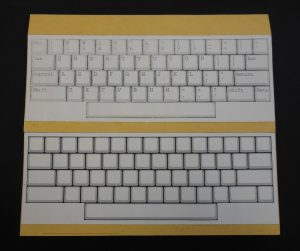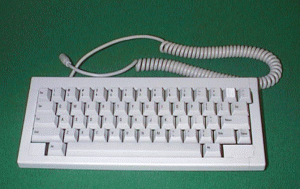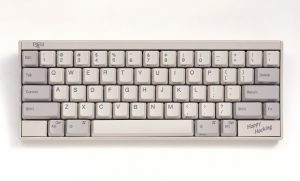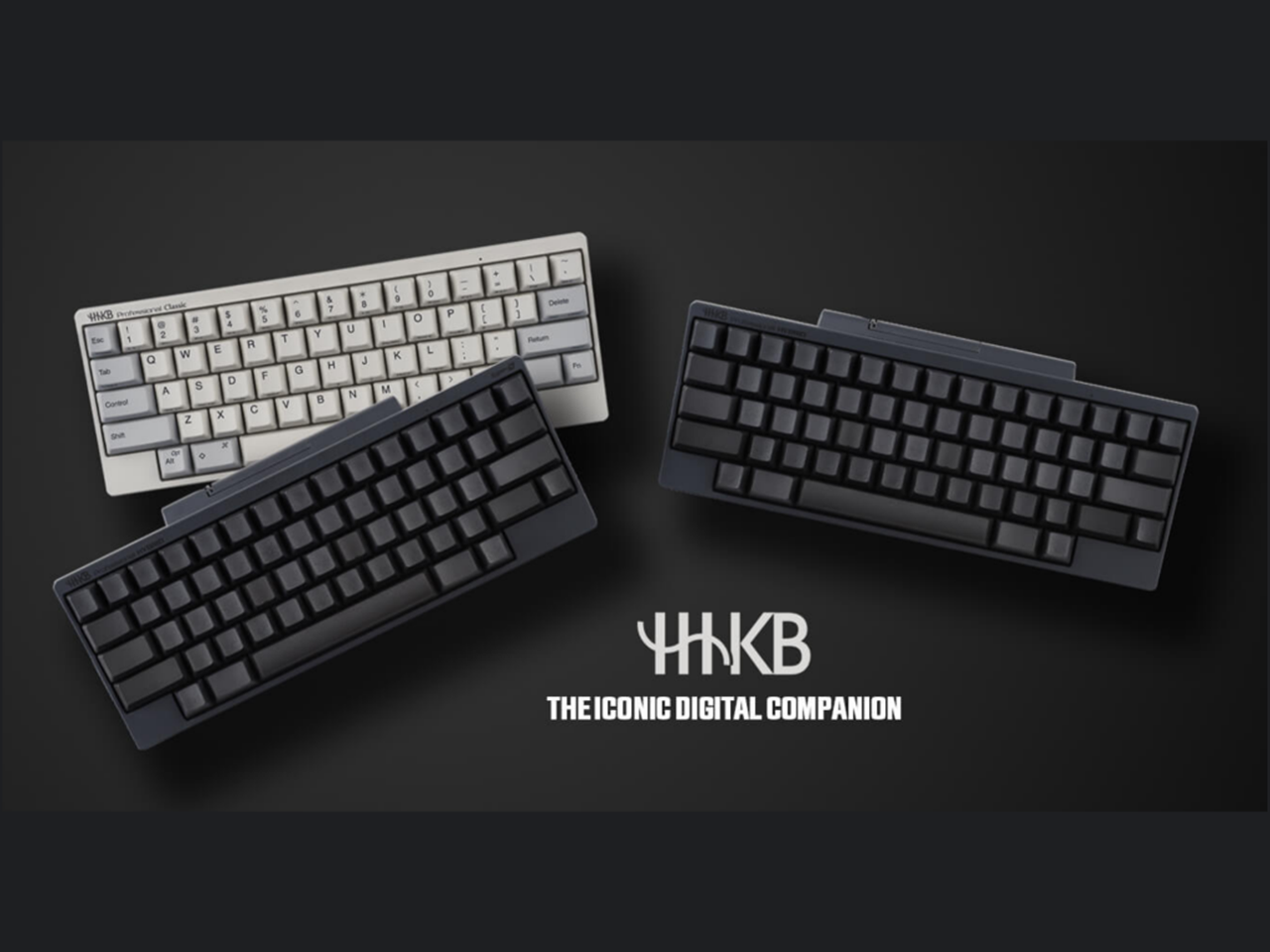Since its first debut in 1996, Happy Hacking Keyboard (HHKB) has been a cult-following product for keyboard enthusiasts in Japan and around the world. Known for the silky and tactile feel, minimalistic design, keystroke performance and more, customers in a wide range of professions have been addicted to type nothing, but on HHKB. I had an opportunity to interview our team in the headquarters in Japan about the history of the legendary HHKB. Today, I would like to share our conversation with you.
Background of the HHKB Invention
First of all, HHKB was invented by Dr. Eiiti Wada, an emeritus professor at Tokyo University, one of the pioneers of Japanese computers and a UNIX professional user. By the 1990s, personal computers have become diversified which led to the diversification of the keyboard standards. This caused an issue in which professional users had to deal with a different key arrangement when they changed their personal computer. Off-the-shelf keyboards had become hard to use as these keyboards featured function keys which experts felt useless or did not have the keys arrangement they wanted.
As Dr. Wada promoted awareness to the issue in his published article in 1992, he presented the concept of his own keyboard in which keys are arranged based on the ideal keyboard arrangement. He also developed the concept and created a cardboard model of the first completed form in 1995. The keyboard was named “Aleph keyboard.”

[Picture: Cardboard model of the Aleph keybaord that Dr. Wada created. This is the start of the development of the keyboard.]

[Picture: The mockup created in October 1995]
Here are some of the Aleph keyboard's special features as below:
- Created on the ASCII key arrangement (English key arrangement)
- Some keys were arranged optimally so that computer professionals could easily type with the keys
- The keyboard had the minimal number of keys needed with unnecessary keys removed.
The arrangement of keys was extremely simple and the keyboard was compact enough to carry around. This Aleph keyboard, that is, Dr. Wada's own keyboard based on his philosophy was the prototype of the HHKB.
Initial Reaction in Japan
Initially, the employees at PFU Japan were skeptical about the product and did not think it would sell well. In an era before the Internet, commercial distribution was very restricted with limited product availability from PFU Direct and a few shops in Akihabara, Tokyo. However, contrary to expectations, the first sales lot of 500 devices were sold out right away and that lead to the decision to increase production. While the typical user may not have recognized HHKB, HHKB was the long-awaited and desired keyboard for Dr. Eiiti Wada's network of “Hackers” (programmers) at colleges and IT startups.
Large Following
Our team in Japan believe the HHKB's success in Japan stems in a high-caliber product concept and design. While the product has continued to evolve to meet user needs and pursue high quality keystroke performance, it has also continued to preserve Dr. Eiiti Wada's original keyboard layout for over 20 years.
After launch of the Professional model back in 2003, they focused on promoting the tactile feel of the keyboard. This enabled us to catch the attention from enthusiasts aside from the usual Engineers and Programmers interested in our keyboards. Their blank keycap and lacquer “urushi” models (unintentionally novel) also left a big impression and led to increased media exposure.
In 2019, HHKB won the “Good Design Long Life Design Awards.” During the nominations, the judging committee commented that the keyboards are designed in such a way that typing on the keys evoke the desire to start something creative.
Top 5 key features our colleagues in Japan find attractive
1: Design and key layout that may take time to adapt to, but grow on the user
2: Customization features so that users can make the keyboard their own, e.g. keycaps and keyboard layout changes
3: Disciplined, refined, and enduring aesthetics
4: Product history and legend
5: Very passionate fanbase and daily enthusiasm and love for HHKB
Memorable HHKB stories

Our team in Japan shared some of the unique stories of the HHKB users in Japan. There are keyboard users who still use the first-generation models (converting PS/2 to USB), some users own a collection of the successive HHKB models. One of our users created a wedding cake designed like the HHKB to serve at their wedding ceremony.
I also learned that there is a tight knit community of HHKB in Japan. For example, the store owner of lifestyle goods store in Japan, AssistOn has been a fan of HHKB for a long time. In 2002, he created a palm rest to match the size of the HHKB and sold this in his store. Later on, our team in Japan adopted this product to sell from PFU alongside our other keyboard options.
There was an internet project founded by Keio University in Japan called “WIDE Project” and they define what makes a keyboard “broken/inadequate.” It turns out HHKB does not fall under any of these conditions. (Reference in Japanese- http://member.wide.ad.jp/~sano/glossary.html)
I hope you enjoy learning a bit about the HHKB history. Please let us know if you have anything specific you would like to learn about the HHKB and REALFORCE keyboards.

